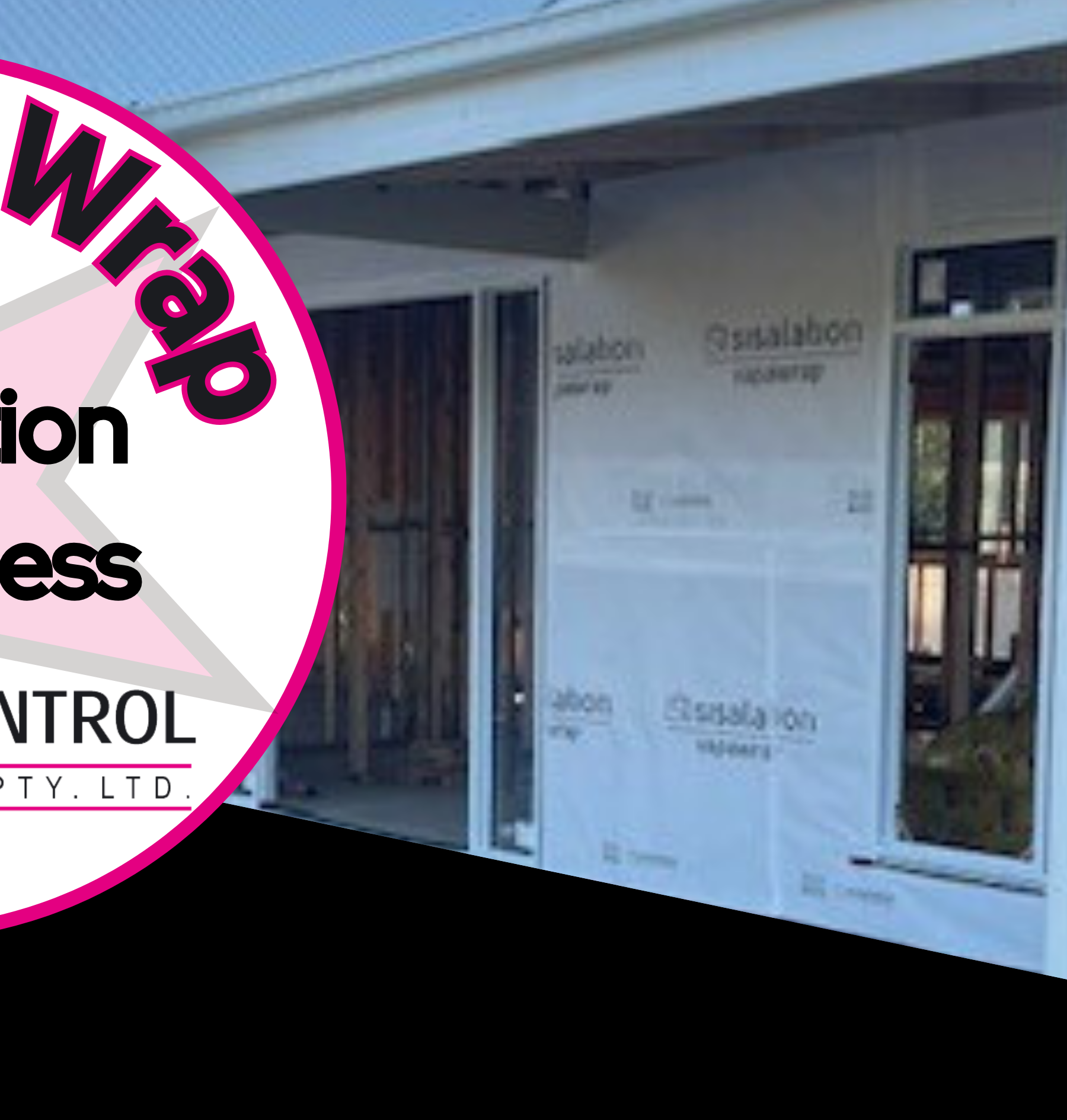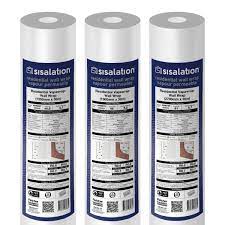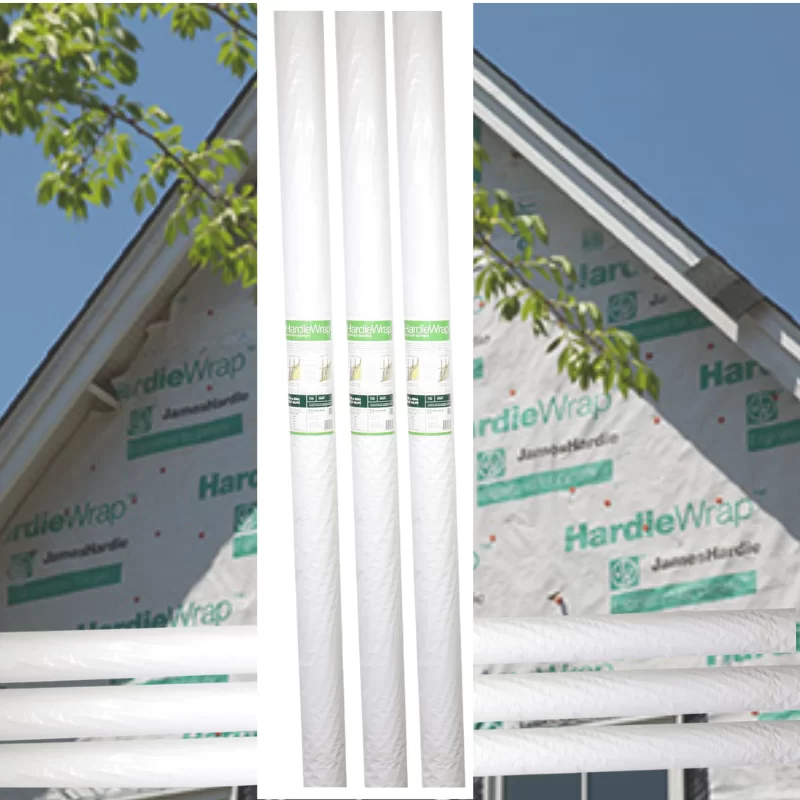Your cart is currently empty!
Building Wraps: Benefits, Installation Tips & Choosing Insulation
Posted September 2024
Table of Contents
Building wraps are important in construction for saving energy, controlling moisture, and making structures last longer. When building a new home or renovating an old one, it’s important to know how to use and install building wraps.
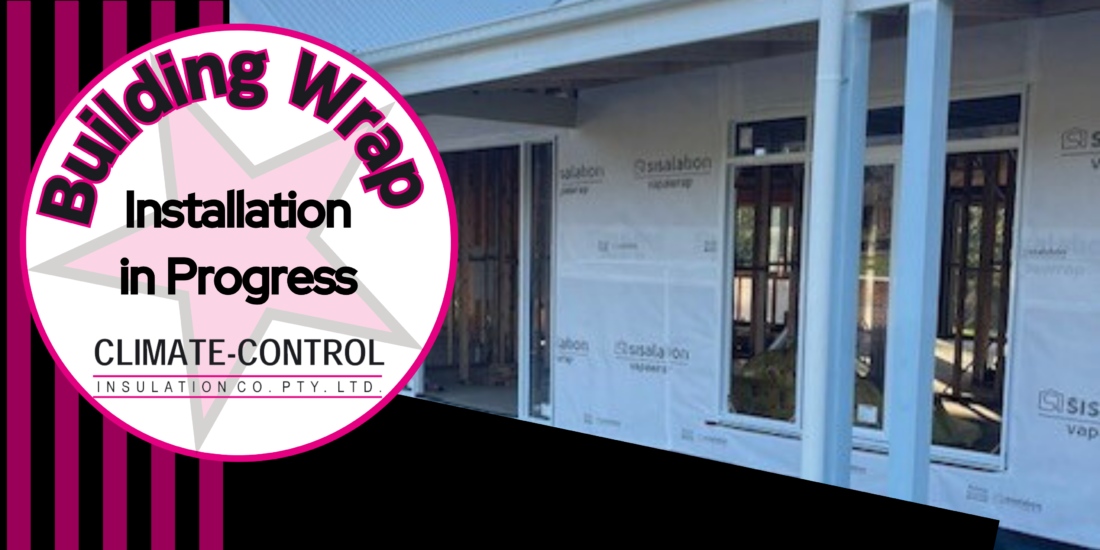
This knowledge is essential for the success of your project. This guide has all the information you need about building wraps. It includes their benefits, installation tips, and how to choose the right wall wrap insulation.
What is a Building Wrap?
A building wrap is a specially designed material used in construction to create a protective barrier around a structure. It stops moisture, air, and wind from getting into the walls of a building, but still lets the building breathe. Building wraps protect insulation and prevent problems like mold, mildew, and rot caused by moisture buildup.
Stores sell different types of building wraps, such as asphalt-coated felt paper and newer synthetic options like Tyvek. Workers add wraps between the outside cladding and wall sheathing for extra protection. They go over siding or brick.
Benefits of Wall Wraps
Wall wraps offer a multitude of benefits, making them an essential component of modern construction. Here are some of the key advantages:
Wall Wrap Installation: Step-by-Step Guide
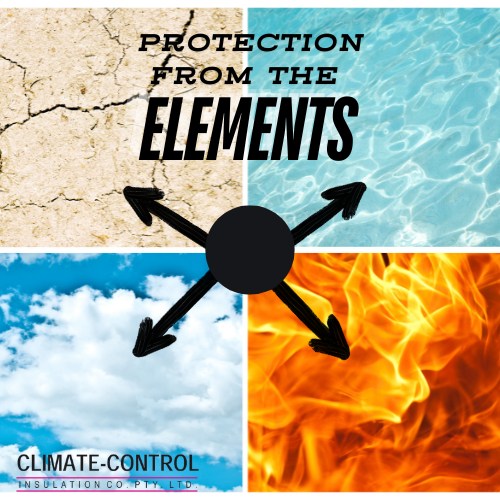
- Moisture Control: Wall wraps help control moisture by preventing water from entering walls and letting trapped moisture escape. This helps in preventing mold growth and structural damage.
- Energy Efficiency: Wall wraps block air, reducing drafts and heat loss, which helps improve energy efficiency. This, in turn, leads to lower heating and cooling costs, making the building more comfortable year-round.
- Protection from External Elements: Wall wraps shield the building’s interior from external elements like wind and rain, enhancing the durability and longevity of the structure.
- Enhanced Insulation Performance: When paired with quality insulation, wall wraps help in maximizing the insulation’s effectiveness by keeping it dry and reducing thermal bridging.
- Environmental Impact: Many modern wall wraps are made from recyclable materials and contribute to green building practices by improving a building’s overall energy performance.
Here’s a step-by-step guide to installing wall wraps correctly:
- Choose the Right Material: Start by selecting the appropriate wall wrap material for your project. Consider factors like climate, building type, and the specific needs of the structure.
- Prepare the Wall Surface: Before installation, ensure the wall surface is clean, dry, and free of any debris. Repair any damage to the sheathing to create a smooth surface for the wrap.
- Install the Wrap: Begin at the base of the wall and work your way up. Overlap the edges of the wrap by at least 6 inches to ensure complete coverage and protection. Use staples or cap nails to secure the wrap, placing them every 12-18 inches on the edges and every 24 inches in the middle.
- Seal the Edges and Penetrations: Use construction tape to seal all seams, edges, and any penetrations like windows and doors. This prevents air and moisture from seeping through gaps in the wrap.
- Install Exterior Cladding: Once the wall wrap is securely in place, you can proceed with installing the exterior cladding, such as siding or brick. Ensure that the cladding is installed according to the manufacturer’s instructions to maintain the effectiveness of the wall wrap.
Choosing the Right Wall Wrap Insulation
Choosing the right wall insulation is important for your building’s efficiency and long-lasting quality. Here are some factors to consider when choosing wall wrap insulation:
- Climate Considerations: The climate in your area plays a significant role in determining the type of insulation you need. For instance, in colder climates, you may need insulation with a higher R-value to provide better thermal resistance.
- Building Type: The type of building you’re working on will also influence your choice of insulation. For residential buildings, lightweight insulation materials may be sufficient, while commercial buildings may require more robust options.
- Insulation Material: Wall wrap insulation comes in various materials, including fiberglass, foam board, and cellulose. Each material has its pros and cons, so it’s important to choose one that aligns with your specific needs.
- Product Compatibility: Ensure that the wall wrap insulation you choose is compatible with the building wrap material. This will maximize the effectiveness of both components and provide optimal protection for your building.
- Energy Efficiency Goals: Consider your energy efficiency goals when selecting insulation. High-quality insulation not only improves comfort but also contributes to lower energy bills and a reduced environmental footprint.
Common Mistakes to Avoid in Wall Wrap Installation
Even with the best materials, improper installation can compromise the effectiveness of wall wraps. Here are some common mistakes to avoid:
- Inadequate Overlapping: Failing to overlap the edges of the wrap properly can leave gaps that allow air and moisture to penetrate, reducing the wrap’s effectiveness.
- Poor Sealing: Neglecting to seal seams, edges, and penetrations can lead to leaks and drafts. Always use high-quality construction tape to ensure a tight seal.
- Incorrect Fastening: Using the wrong type of fasteners or spacing them too far apart can cause the wrap to sag or become loose over time. Follow the manufacturer’s guidelines for fastener type and placement.
- Skipping the Flashing: Proper flashing around windows, doors, and other openings is essential to prevent water infiltration. Skipping this step can lead to significant moisture issues.
To avoid common mistakes, understand them and take steps to prevent them. This will ensure a successful wall wrap installation that protects your building for a long time.
Building wraps are important in construction, helping with moisture control and making buildings more energy efficient. Using the right materials and proper installation can protect your building from weather and enhance its overall performance.
Whether you’re a contractor or a homeowner, understanding the importance of wall wraps and insulation will help you make informed decisions that contribute to the longevity and efficiency of your project.
For expert advice on building wraps and wall wrap insulation, or to explore our range of products, contact our team today. We’re here to help you achieve the best results for your construction project.

